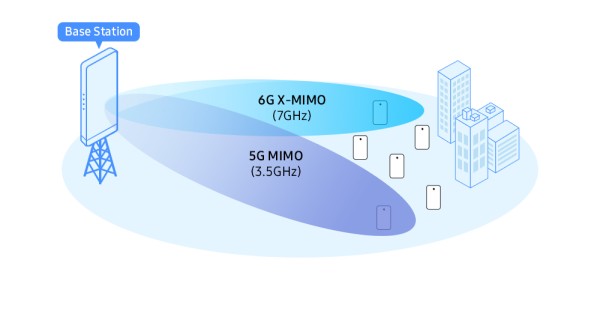The radio frequency spectrum serves as a crucial component for wireless technology, with the mid-band spectrum, ranging from 1 GHz to 6 GHz, playing a particularly important role in 5G networks. This particular band provides a well-proportioned blend of coverage, speed, capacity, and penetration suited for cellular wireless networks.
In light of its significance, 5G Americas, an organization representing 5G and 4G LTE in the Americas, has recently announced the publication of a report titled “Mid-Band Spectrum Update.” This report examines various mid-band and extended mid-band spectrums essential for supporting 5G applications and beyond.
5G Americas President, Chris Pearson, emphasized the importance of utilizing low, mid, and high band spectrums for optimal user experience in 5G deployments. Mid-band spectrum is especially crucial in delivering both capacity and coverage, leading to enhanced speeds for various applications and use cases. Pearson also highlighted the necessity for a long-term national spectrum plan in the United States to ensure economic and technological leadership.
As global mobile network data traffic demand reaches 90 exabytes per month, growing at a 40% annual rate, there is an increasing need for spectral efficiency and flexibility in 5G and future networks. To meet these demands, governments must allocate additional mid-band spectrum, which is highly effective for densely populated urban areas with high connectivity needs. Moreover, mmWave and other high bands will play a vital role in addressing capacity demands, allowing for mid-band spectrum offloading when required.
The report titled “Mid-Band Spectrum Update” provides a thorough evaluation of the present and anticipated availability of mid-band and extended mid-band spectrum in the United States for the next few years. It also addresses technical characteristics, challenges, and the policy and regulatory landscape.
Some key topics covered in this 5G Americas report include:
- Mid-Band Spectrum Overview
- Currently available and potential new mid-band and extended mid-band spectrum
- Current and Planned Mid-band Deployment Status in the U.S.
- Maximizing Utility for 5G Mid-band Spectrum
- Mid-band Spectrum Pipeline Update
Noman M Alam, Director of 5G Solutions at Ericsson, noted the primary challenge in allocating new mid-band spectrum is the lack of clear, unoccupied potential bands. Allocating additional mid-band spectrum is a complex process, but it can be achieved through the identification of suitable bands, planning for incumbents, and collaboration among key stakeholders.
Karri Kuoppamaki, Senior Vice President of Network Technology Development and Strategy at T-Mobile US, emphasized the importance of the mid-band spectrum in unlocking novel applications and fulfilling 5G’s potential. Establishing a long-term spectrum pipeline is crucial for the growth of the 5G ecosystem, and the 5G Americas white paper serves as a valuable resource for understanding future mid-band spectrum opportunities.





















